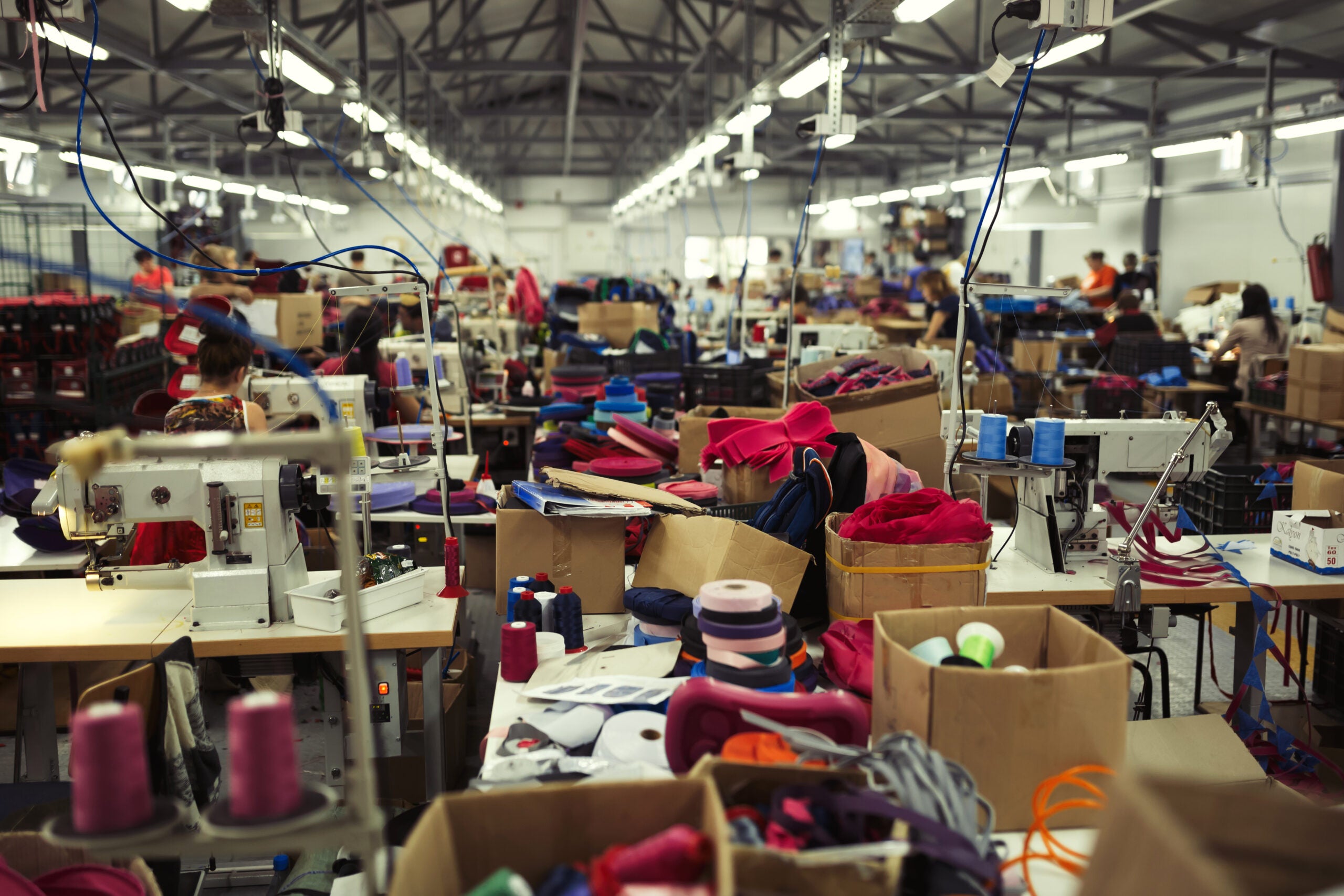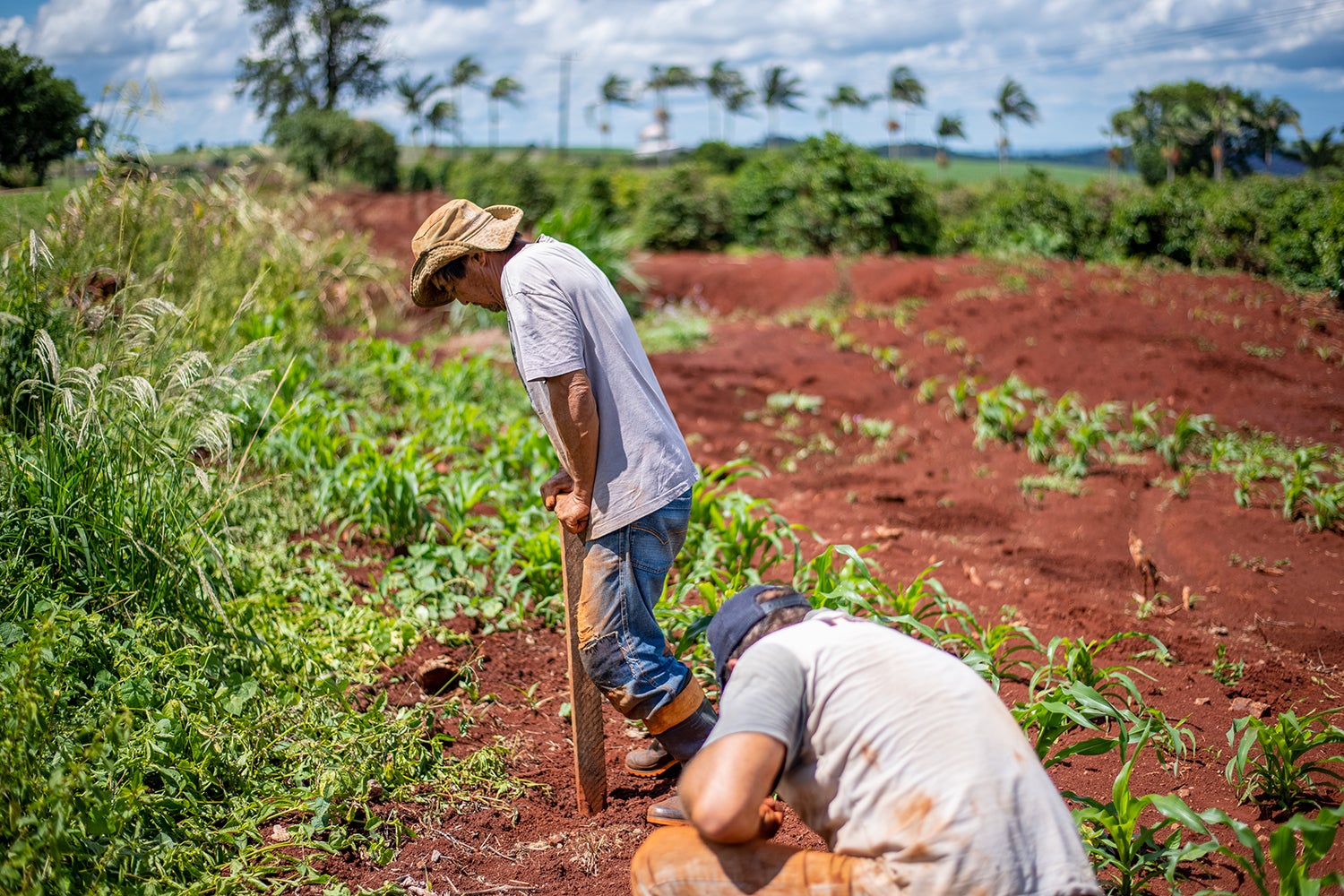What Is Canada’s Fighting Against Forced Labour & Child Labour in Supply Chains Act?
Canada’s Fighting Against Forced Labour and Child Labour in Supply Chains Act requires companies to assess and disclose any risks of forced and child labor in their supply chains. It also bans the importation of goods produced with child labor, making Canada the first country in the world to do so.
Expanding Supply Chain Transparency
Canada’s Fighting Against Forced Labour and Child Labour in Supply Chains Act mandates that companies in Canada file a public supply chain risk report by May 31 each year, detailing the previous year’s efforts. These reports must include:
- Actions taken to mitigate forced and child labor risks, both domestically and for imported goods
- Overview of the company’s structure, activities, and supply chain
- Policies and due diligence processes addressing forced and child labor
- Identification and management of business and supply chain segments at risk of forced and child labor
- Remediation efforts for any detected forced or child labor
- Compensation for income lost due to eliminating forced and child labor
- Employee training on recognizing and preventing forced and child labor
- Evaluation methods for the effectiveness of measures taken to mitigate forced and child labor
Request a demo to see how Assent can help you meet the requirements of this act and other forced labor legislation.
Book a Demo

Sweeping Impacts & Increased Accountability
Canada’s new act on combating forced and child labor sets a rigorous standard for non-financial reporting. Businesses need to deeply understand their supply chains to avoid accusations of “purpose-washing” — where companies falsely represent their human rights efforts. The stakes are high; company leaders can be held personally liable for any false or misleading reports. This call for thorough reporting requires a strong supply chain sustainability management program that not only helps companies with compliance but also ensures they make meaningful strides in protecting labor rights.
Frequently Asked Questions About Canada’s Fighting Against Forced Labour & Child Labour in Supply Chains Act
Get the answers you need about this important new law.
No, it’s not just for Canadian companies. The act also covers non-Canadian entities operating in Canada, provided they meet any of the following:
- They are listed on a Canadian stock exchange
- They have a place of business, conduct business, or own assets in Canada, and meet at least two of these thresholds based on consolidated financial statements:
- $20 million CAD in assets
- $40 million CAD in revenue
- 250 or more employees
- They are involved in producing, selling, or distributing goods in or outside of Canada, importing goods into Canada, or controlling entities that do any of these activities
Non-compliance or submitting false or misleading statements can lead to stiff financial penalties. Additionally, directors, officers, or other agents who are involved in breaking the law could face fines.
Every year before May 31, you need to:
- Complete an online questionnaire that details your company’s efforts to prevent and reduce the risk of forced and child labor in the previous financial year
- Submit an annual report outlining the specific steps your business has taken to address forced and child labor in its operations and supply chains
Yes. After you submit your annual report, it gets published in an online catalog for public access. You must also display the report prominently on your company’s website, making it easy for anyone to find and review.
Latest Resources on Forced & Child Labor
Need help navigating your requirements? Check out our latest resources and product tour.

North American Restrictions on Forced Labor Grow With Canadian Bill S-211
Canada’s Bill S-211 adds more momentum to the growing list of supply chain forced labor due diligence.

Forced Labor in Your Supply Chain: Avoiding Risks in a New Regulatory Era
Join us for a webinar where we delve into the complexities of forced labor regulations and outline practical strategies for your business to navigate these chal …

Eradicating Forced Labor in Your Supply Chain
This webinar offers an in-depth review of the forced labor regulatory landscape across North America, with a spotlight on Canada’s Fighting Against Forced Labou …









